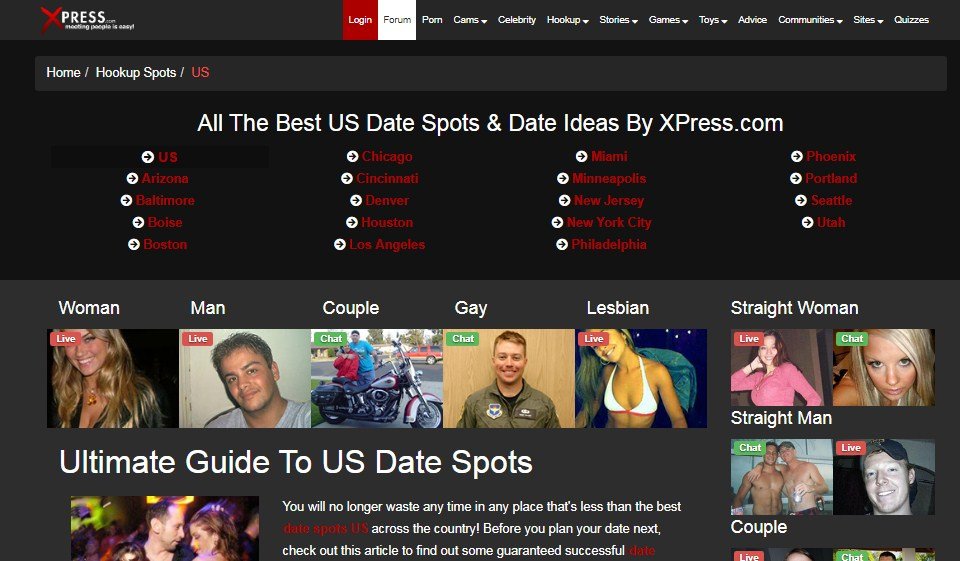
Introduction
In the ever-evolving landscape of transportation, the concept of “Xpress” has emerged as a game-changer. Xpress represents a visionary approach to redefining how we move people and goods in the 21st century. This article delves into the world of Xpress, exploring its origins, technologies, implications, and the profound impact it is poised to have on our lives.
The Birth of Xpress
Xpress is not a single entity or technology but rather an amalgamation of innovative transportation solutions aimed at making travel faster, more efficient, and sustainable. It encompasses a wide range of cutting-edge advancements, from hyperloop systems to autonomous vehicles, electric aircraft, and high-speed trains.
One of the pioneers in the Xpress revolution is Elon Musk, who introduced the Hyperloop concept in 2013. The Hyperloop envisions ultra-fast, vacuum-sealed capsules hurtling through low-pressure tubes at speeds surpassing 700 miles per hour. Musk’s vision has since inspired numerous startups and major corporations to invest in developing this transportation marvel.
Our Partners: YourTravelMates.com

Key Technologies Driving Xpress
- Hyperloop: Hyperloop technology is at the forefront of the Xpress revolution. It involves the use of magnetically levitated pods that travel at incredible speeds within low-pressure tubes. Virgin Hyperloop, for instance, has made significant strides in bringing this technology closer to reality, conducting successful test runs and securing partnerships for potential routes.
- Autonomous Vehicles: Self-driving cars, trucks, and buses are another crucial component of Xpress. Companies like Tesla, Waymo, and Uber are actively working on autonomous vehicle technologies, promising to reduce traffic accidents, improve traffic flow, and enhance transportation accessibility.
- Electric Aircraft: Electric and hybrid-electric aircraft represent a futuristic dimension of Xpress. Companies like Joby Aviation and Vertical Aerospace are developing electric vertical takeoff and landing (eVTOL) aircraft designed to alleviate urban congestion by enabling efficient aerial commuting.
- High-Speed Trains: High-speed trains are not new, but they continue to evolve. Countries like Japan, France, and China have extensive high-speed rail networks, while projects like the proposed Hyperloop One route between Los Angeles and Las Vegas aim to take rail travel to the next level.
- Urban Mobility Solutions: Xpress extends to the micro-level as well. Electric scooters, bike-sharing programs, and urban air mobility (UAM) solutions are changing the way people navigate congested urban environments, reducing emissions and improving urban mobility.
Our Partners: Chinalove.com Exposed: The Red Flags You Need to Look Out For
Implications of Xpress
The proliferation of Xpress technologies brings about several noteworthy implications for society, the environment, and the economy.
- Reduced Carbon Emissions: Xpress technologies, especially electric and autonomous vehicles, are poised to play a pivotal role in reducing greenhouse gas emissions from transportation. Electric vehicles produce zero tailpipe emissions, and autonomous vehicles can optimize routes and reduce congestion, further lowering emissions.
- Enhanced Safety: Autonomous vehicles have the potential to significantly reduce traffic accidents caused by human error. The incorporation of advanced sensors and AI-driven systems enables vehicles to react to their surroundings with unparalleled precision.
- Economic Growth: The development and deployment of Xpress technologies represent a considerable economic opportunity. New industries, jobs, and business models are emerging, spurring economic growth and innovation.
- Greater Accessibility: Xpress has the potential to make transportation more accessible to a wider range of people, including those with disabilities and the elderly. Autonomous vehicles, for instance, can provide newfound mobility to those unable to drive.
- Urban Planning: Cities are likely to undergo transformation as Xpress technologies become more prevalent. Urban planners must consider the impact of autonomous vehicles, hyperloops, and UAM on infrastructure and land use.

Challenges and Hurdles
Despite the promise of Xpress technologies, there are significant challenges and hurdles that must be overcome:
- Infrastructure: Developing the necessary infrastructure for Xpress technologies, such as hyperloop tubes or electric charging stations, requires substantial investment and coordination.
- Regulatory Framework: Governments must establish clear regulatory frameworks to ensure the safe and efficient integration of autonomous vehicles and other Xpress technologies into existing transportation systems.
- Security Concerns: As with any technology, Xpress systems are vulnerable to cyberattacks, raising concerns about data security and passenger safety.
- Public Acceptance: Convincing the public to trust and adopt autonomous vehicles and other Xpress technologies may prove challenging, especially in the early stages of implementation.
- Environmental Impact: While electric vehicles offer significant environmental benefits, the production and disposal of batteries pose their own environmental challenges.
The Future of Xpress
The future of Xpress holds immense promise, with the potential to reshape the way we live and move. Here are some key scenarios and developments to anticipate:
- Hyperloop Networks: Hyperloop systems could connect major cities, drastically reducing travel times and congestion. The development of regional and intercontinental hyperloop networks might revolutionize long-distance travel.
- Urban Air Mobility (UAM): Electric vertical takeoff and landing aircraft promise to alleviate traffic congestion in crowded cities, providing efficient and swift transportation options.
- Economic Shift: The emergence of new transportation technologies will lead to economic shifts, with traditional automotive industries evolving and new players entering the market.
- Smart Cities: Xpress technologies will play a central role in the development of smart cities, where transportation systems are seamlessly integrated with data-driven urban planning.
- Environmental Sustainability: As Xpress technologies become more widespread, there will be increasing pressure to ensure they are environmentally sustainable, from reducing the carbon footprint of electric vehicles to minimizing the environmental impact of hyperloop infrastructure.
Read More: FCN Chat
Conclusion
Xpress is a visionary concept that encompasses a multitude of innovative transportation solutions, all aimed at making travel faster, safer, and more sustainable. While challenges remain, the potential benefits of Xpress technologies are substantial, from reducing carbon emissions and improving safety to enhancing economic growth and accessibility.
As we continue to embrace these technologies and address the associated challenges, Xpress has the potential to transform the way we live and move, ushering in a new era of transportation in the 21st century. Whether it’s through hyperloops, autonomous vehicles, electric aircraft, or other groundbreaking innovations, Xpress is shaping a future where getting from point A to point B is faster, more efficient, and more exciting than ever before.
Post a Review
Reviews
No reviews yet.